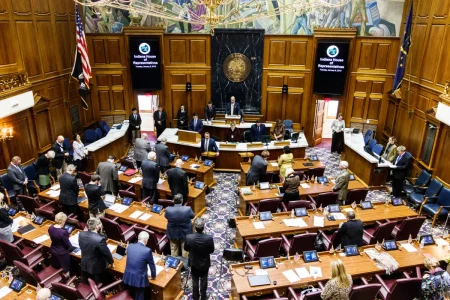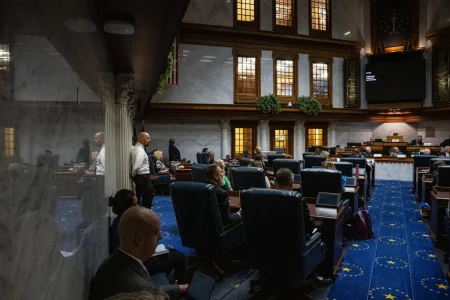Campus Alert at UMass Lowell: Community Responds to Potential Threat
A tense situation unfolded at the University of Massachusetts Lowell on Wednesday when university officials ordered a shelter-in-place following reports of a man potentially carrying a gun on campus. The alert quickly mobilized campus security protocols and drew attention from local authorities and elected officials as the community responded to the potential threat. The incident, centered around the Riverview Suites area on the university’s South Campus, prompted immediate precautionary measures as police began searching for the individual in question and urged everyone to stay clear of the area while the investigation proceeded.
As the situation developed, the university’s emergency notification system activated, sending alerts to the campus community warning of a “person possibly armed with a weapon.” These emergency communications represent the front line of campus safety protocols designed to protect students and staff during uncertain situations. For students and faculty going about their regular day, such alerts can transform an ordinary academic environment into one of heightened vigilance and concern. The shelter-in-place order reflects the serious approach educational institutions must take when facing potential threats, prioritizing community safety while authorities work to assess and address the situation.
The response extended beyond campus boundaries, with Representative Lori Trahan publicly acknowledging the situation on social media. Her message on X (formerly Twitter) demonstrated how public safety concerns quickly engage multiple levels of community leadership. “I’m actively monitoring the alert of a potentially armed individual near UMass Lowell’s South Campus and in touch with local officials,” Trahan wrote, adding instructions for local residents to follow guidance from the Lowell Police Department and university authorities. This coordination between campus security, local law enforcement, and government representatives illustrates the multi-layered approach communities must take when responding to potential threats in educational settings.
Such incidents, regardless of their ultimate resolution, inevitably affect campus communities in profound ways. For students, particularly those residing in or near areas like Riverview Suites where the search was concentrated, these situations create immediate disruption and anxiety. The sudden transformation of familiar spaces—dormitories, classrooms, common areas—into zones of potential danger challenges the sense of security that should characterize educational environments. Campus life pauses as students and staff follow emergency procedures, checking phones for updates, communicating with loved ones, and waiting for the all-clear while processing the emotional impact of the situation.
The UMass Lowell incident joins a concerning pattern of security threats on American campuses that has required universities to develop increasingly sophisticated emergency response systems. These protocols represent the delicate balance institutions must strike between maintaining open, accessible learning environments and ensuring community safety. Modern campus security involves coordinated communication systems, training for various scenarios, and partnerships with local law enforcement—all activated when potential threats emerge. While the details of this specific incident were still developing at the time of initial reporting, the immediate implementation of safety protocols demonstrates how preparedness has become a necessary aspect of campus administration.
In the broader context, incidents like the one at UMass Lowell raise important questions about campus safety, community vigilance, and the social fabric of educational institutions. They remind us that universities are not just centers of learning but communities of people deserving protection and security. As investigations unfold and more information becomes available, campus communities must process these events, support affected individuals, and continue the ongoing conversation about creating safe educational environments while preserving the openness and accessibility that define American higher education. The response to such incidents—from the immediate emergency procedures to the longer-term community healing—reflects our collective commitment to protecting spaces dedicated to learning and growth.















